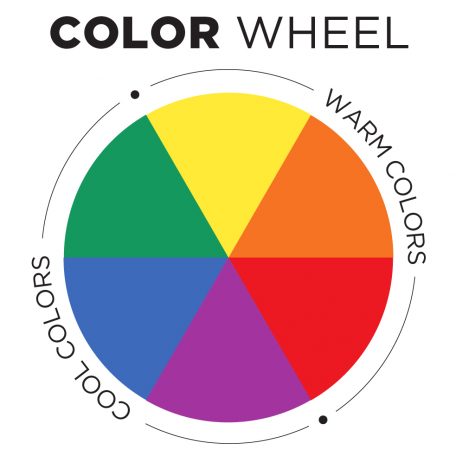

The colors stand in contrast to each other in each case, with the starkest contrast occurring where colors are positioned exactly opposite each other. complementum: supplement):Ĭolors lying opposite each other on the Color Wheel are known as complementary colors. With regard to tertiary colors, a total of approximately 100,000 distinguishable mixtures can be achieved, whereas "only" about 160 can be created in the case of the secondary colors.Ĭomplementary color (lat.


Tertiary colors encompass the large spectrum of brown and olive hues, as complementary color components are always involved. Whereas secondary colors consist of two primary colors in each case, tertiary colors are a mixture of all three primary colors. On the other hand, mixing two secondary colors together creates a tertiary color. Mixing secondary colors with their neighbouring primary colors creates six intermediate stages. The secondary colors of orange, green and violet are obtained by 1:1 mixing of two primary colors in each case. The primary colors of yellow, red and blue form the basic modules of the theory of color, as all other colors are created by mixing these. You can then see the result in the open box under the mixing color. Should you wish to mix the main colors (outer ring) with black, white, blue, yellow or red, simply turn the overlying disc until the desired mixing color is below the respective main color. The primary colors of red, yellow and blue are illustrated in this Color Wheel, surrounded by the secondary colors of orange, green and violet mixed from these, and supplemented in each case by an intermediate stage (yellow-orange, yellow-green, blue-green, blue-violet, red-violet and red-orange).


 0 kommentar(er)
0 kommentar(er)
